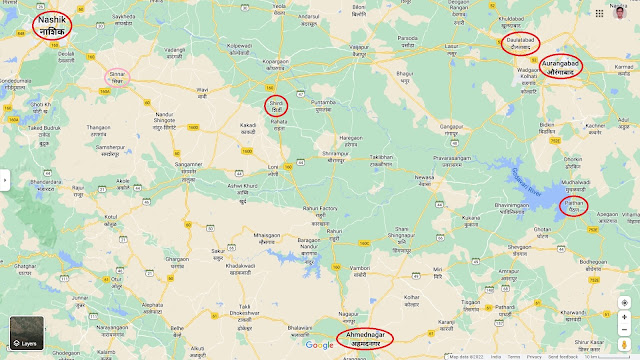Comparison of History Timeline Bar Charts of Shirdi and Puttaparthi Dynasty/Kingdom rulers from 1000 AD to 2000 AD

Last minor update on 10th Jan. 2023 The same Sai divinity came as Shirdi Sai Baba Avatar based in Shirdi, Maharashtra from mid 19th century to early 20th century ( believed to have come to Shirdi as 16 year old lad in 1854 and died in 1918, https://en.wikipedia.org/wiki/Sai_Baba_of_Shirdi ), and then as Sathya Sai Baba Avatar based in Puttaparthi, Andhra Pradesh from early 20th century to early 21st century (born 1926 and died 2011, https://en.wikipedia.org/wiki/Sathya_Sai_Baba ). How these two Sai Avatars lived their lives and preached their messages is interesting to compare and contrast. The underlying message of both the Sai Avatars is the same - God being one with various religions like Hinduism, Islam and Christianity being different paths to the same one God, having faith in God (and his miraculous power to help his devotees) and praying to him, being truthful, ethical (Dharmic) and loving towards others including animals etc. But Shirdi Sai Baba wore the dress of a Muslim fa





